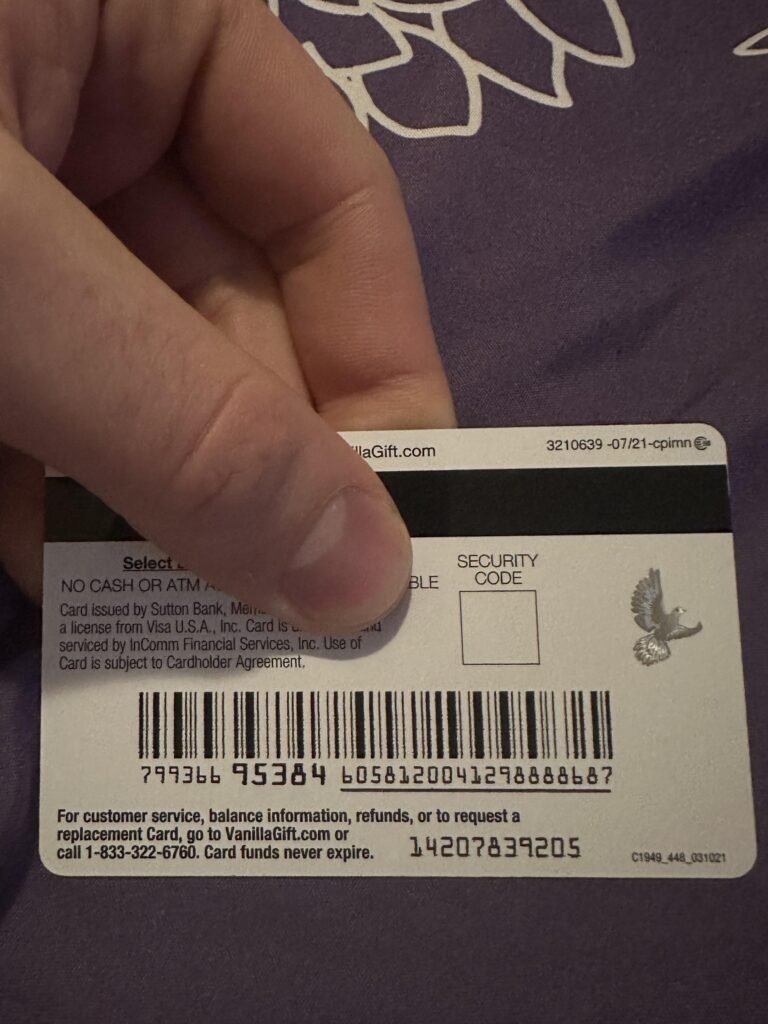Comment effectuer une transaction par carte de crédit hors ligne
Lorsque vous devez traiter un transaction par carte de crédit hors ligneIl est important de suivre une approche structurée pour garantir l'exactitude et la sécurité. Vous commencerez par vérifier les informations de votre carte et utiliserez un imprimante manuelle Pour recueillir les informations nécessaires. Il est crucial de gérer chaque étape avec soin, mais certaines nuances doivent être prises en compte et peuvent influencer le résultat de la transaction. Comprendre ces détails peut faire toute la différence dans vos opérations. Alors, que faut-il éviter ? pièges courants?
Comprendre les transactions hors ligne
Que sont exactement transactions hors ligne, et en quoi diffèrent-ils de leurs homologues en ligne en ce qui concerne traitement et sécuritéLes transactions hors ligne ont lieu dans des lieux physiques, sans connexion internet immédiate. Cela signifie que les informations de carte sont saisies, souvent à l'aide d'un lecteur manuel ou à bande magnétique, et traitées ultérieurement, une fois la connexion établie. En revanche, transactions en ligne nécessitent un traitement en temps réel, garantissant une vérification immédiate des fonds et de l'identité de l'utilisateur.
D’un point de vue de la sécurité, les transactions hors ligne peuvent présenter des risques, tels que des risques potentiels violations de données Lors du stockage ou de la transmission. Cependant, ils peuvent offrir un niveau d'anonymat que les transactions en ligne ne permettent pas. Il est donc essentiel de mettre en œuvre des mesures de sécurité robustes et de s'assurer données sensibles est traité avec soin, minimisant les vulnérabilités tout au long du processus de transaction.
Équipement et outils nécessaires
Pour effectuer des transactions par carte de crédit hors ligne avec succès, vous aurez besoin d'équipements et d'outils spécifiques conçus pour capturer et traiter les informations de carte en toute sécurité, sans accès immédiat à Internet. La sécurité de vos transactions est primordiale ; investissez donc dans des outils fiables et conformes aux normes du secteur.
- Imprimante manuelle:Cet appareil capture les détails de la carte via des empreintes de papier carbone, permettant ainsi des enregistrements physiques sécurisés des transactions.
- Terminal de paiement hors ligne:Un appareil portable qui stocke en toute sécurité les données de transaction et les traite une fois l'accès Internet rétabli.
- Solutions de stockage sécurisées:Utilisez des conteneurs ou des coffres-forts verrouillés pour conserver les enregistrements des transactions physiques, garantissant ainsi le respect des réglementations en matière de protection des données.
Processus de transaction étape par étape
Lors de l'exécution d'un transaction par carte de crédit hors ligne, il est crucial de suivre une procédure précise, étape par étape, pour garantir l'exactitude et la sécurité des données de transaction. Tout d'abord, vérifiez que vous utilisez un machine de traitement de cartes de crédit fiable correctement calibré. Ensuite, récupérez la carte du client en toute sécurité et vérifier sa validité en vérifiant la date d'expiration et en signant. Ensuite, saisissez le montant de la transaction, en vérifiant qu'elle correspond à l'achat. Ensuite, glissez ou insérez la carte pour capturer les données. Une fois la transaction traitée, remettez un reçu au client. Enfin, stocker les informations de transaction en toute sécurité pour empêcher tout accès non autorisé. Suivre ces étapes minimise les erreurs et renforce la sécurité, garantissant une expérience de transaction fluide pour vous et votre client.
Enregistrement et stockage des transactions
Après avoir effectué une transaction par carte de crédit hors ligne, il est essentiel d'enregistrer précisément et de stocker les données de transaction en toute sécurité pour préserver l'intégrité et la conformité financières. Une documentation adéquate protège non seulement votre entreprise, mais facilite également le bon déroulement des audits.
Pour garantir un enregistrement et un stockage efficaces, tenez compte des éléments suivants :
- Journal des transactions: Tenir un journal détaillé de toutes les transactions, incluant la date, le montant et les informations client. Ce journal doit être mis à jour immédiatement après chaque transaction.
- Sauvegarde numériqueUtilisez des solutions de stockage numérique sécurisées pour sauvegarder vos transactions. Cela vous protège contre la perte de données.
- Copies physiquesConservez des copies physiques des reçus de transaction dans un endroit sûr. Assurez-vous qu'elles sont organisées et facilement accessibles pour consultation ultérieure.
La mise en œuvre de ces pratiques améliorera votre transparence opérationnelle et votre responsabilité.
Considérations de sécurité
Assurer la sécurité des transactions par carte de crédit hors ligne est essentiel pour protéger les données clients et préserver la confiance dans vos activités commerciales. Vous devez implémenter méthodes de cryptage robustes pour protéger les données de transaction pendant le stockage et la transmission. environnements physiques sécurisés est vital ; restreindre l'accès aux enregistrements de transactions et aux appareils personnel autorisé uniquementLa mise à jour régulière de vos logiciels et de votre matériel informatique peut contribuer à atténuer les vulnérabilités susceptibles d'être exploitées par des fraudeurs. De plus, envisagez d'utiliser authentification multifacteur pour les processus sensibles afin d'ajouter une couche de sécurité supplémentaire. Surveillance des modèles de transaction La détection d'anomalies peut également vous alerter d'une fraude potentielle. En adoptant ces mesures, vous renforcerez la sécurité de vos transactions hors ligne et renforcerez la confiance de vos clients envers votre entreprise.
Meilleures pratiques pour les transactions hors ligne
Adopter les meilleures pratiques pour les transactions hors ligne peut considérablement améliorer l'efficacité et la fiabilité de vos processus de paiement. En mettant en œuvre ces stratégies, vous minimiserez les risques et garantirez une expérience de transaction plus fluide.
- Utiliser une imprimante manuelle sécuriséeInvestissez dans une imprimante manuelle de haute qualité pour capturer les informations de votre carte avec précision et sécurité. Cela réduit les risques d'erreurs de données lors de la transaction.
- Vérifiez les informations de la carteVérifiez toujours les informations de la carte avec le client avant le traitement. Cela permet d'éviter les divergences et les rejets de débit potentiels.
- Stockez vos données en toute sécuritéConservez tous les bordereaux de transaction et les informations clients dans un endroit sûr, de préférence verrouillé et à accès contrôlé. Cela protège les données sensibles et est conforme à la réglementation.




